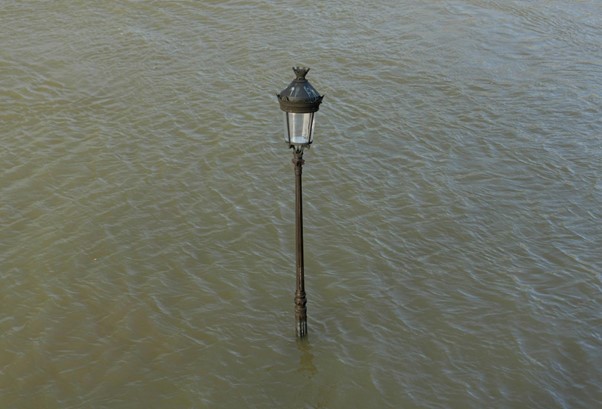My blog focuses on Home/Living and Home/Property Discussions. Many regions of our country and the world are impacted by flooding at the hands of Mother Nature. In some instances, you property can be salvaged. The following contributed post is entitled, Fixing Up Your Home After a Flood.
* * *

There’s nothing like waking up to the sound of water inside your home to really ruin your day and make you immediately step into panic mode when you should have been enjoying a nice, relaxing breakfast, right? But if you live in an area that is prone to heavy rains and flooding, then there is a distinct possibility that this exact scenario will become your reality one day, if it hasn’t already. If the worst does happen, it’s important that you don’t panic. Instead, take a few deep breaths (try to ignore the impending smell of damp and doom as you do) and do this stuff to get your home back on track again.
1. Safety First, Hero Later
Before you channel your inner DIY warrior, check for hazards. That means shutting off electricity (wet wires and feet are not friends), avoiding standing water until it’s clear of contamination, and making sure the structural integrity of your home hasn’t gone full Jenga tower.
When in doubt? Call a professional. No shame in not wanting to fall through the living room floor.
2. Document the Damage (Yes, Before Cleaning)
Resist the urge to immediately mop everything up. Your future insurance claim depends on good documentation. Take photos, record video, and capture all the soggy, sad evidence before you start tossing stuff. It’s not fun, but your wallet will thank you later.
3. Call in the Pros (Because Mold Doesn’t Wait)
Sure, you could rent a wet vac and throw some fans around, but let’s be real: water damage is sneaky. It seeps into drywall, creeps behind baseboards, and throws a welcome party for mold spores.
That’s why services like United Response restoration exist. They’ve got the tools, the training, and the time to handle flood recovery like pros, because you have better things to do than Google “how to remove mildew smell from everything I own.”
4. Triage Your Belongings (With Grit and Grace)
Floodwater doesn’t play favorites. Go room by room and sort your stuff into three piles: salvageable, questionable, and ugh, toss it. Porous materials like mattresses, upholstered furniture, and rugs may have to go. It’s tough, but hanging on to mold magnets is a recipe for trouble.
Pro tip: Sentimental items like photos or documents might be saved with careful drying and cleaning – just don’t shove them in the microwave. (Yes, people try that.)
5. Dry Everything Like It’s Your Job
Once you’ve cleared the water and trashed the worst, it’s time to dry out every surface, crevice, and suspicious crack. Open windows, run dehumidifiers, and get air circulating like your home is auditioning for a wind tunnel.
And keep your eyes peeled – musty smells, stains, or bubbling paint are red flags for lingering water and future mold.
Final Thought: Recovery Takes Time (and Coffee)
Fixing up your home after a flood is messy, emotional, and straight-up exhausting. But with the right support, be it from trusted pros like United Response Restoration or your local caffeine dealer, you will rebuild.
Take it one step at a time. Hydrate. Vent (your feelings and your house). And remember: even the soggiest of chapters can end in a fresh, dry start.
